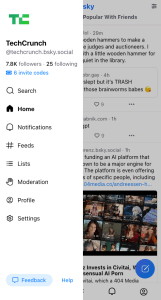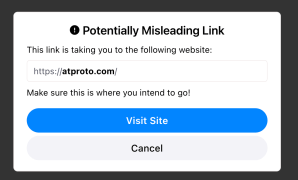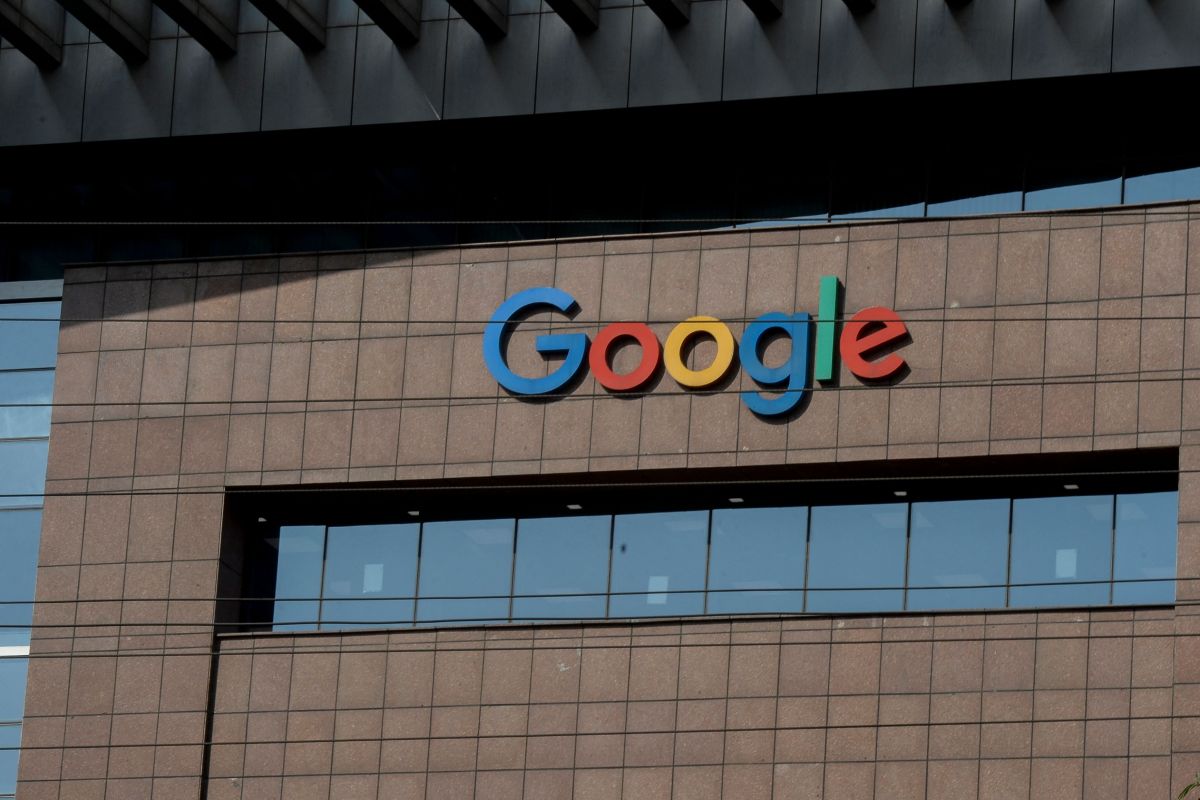What is Bluesky? Everything to know about the app trying to replace Twitter
Is the grass greener on the other side? We’re not sure, but the sky is most certainly bluer. It’s been more than a year since Elon Musk purchased Twitter, now X, leading people to set up shop on alternative platforms. Mastodon, Post, Pebble (which has already shuttered operations) and Spill have been presented as potential replacements, but few aside from Meta’s Threads have achieved the speed of growth Bluesky has reached.
Bluesky remains invite-only in its beta, but as more people get on the site, the hype around it is growing — though as we know from apps like Clubhouse, the hype might not last forever. In the meantime, Bluesky now has over a million users, according to Bluesky’s Rose Wang. The app saw about 8,300 first-time installs per day in July 2023, on average, though they have not released substantial updates on download data since. And when Musk makes less than favorable changes to X, Bluesky often sees record usage. Though many people were desperate for an invite code during the site’s launch (even to the point of buying them on eBay) they have become much more accessible as more people join the app.
Here we answer the most common questions about Bluesky social:
What is Bluesky?
Bluesky is a decentralized social app conceptualized by former Twitter CEO Jack Dorsey and developed in parallel with Twitter. The social network has a Twitter-like user interface with algorithmic choice, a federated design and community-specific moderation.
Bluesky is using an open source framework built in-house, the AT Protocol, meaning people outside of the company have transparency into how it is built and what is being developed.
Dorsey introduced the Bluesky project back in 2019 while he was still Twitter CEO. At the time, he said Twitter would be funding a “small independent team of up to five open source architects, engineers, and designers,” charged with building a decentralized standard for social media, with the original goal that Twitter would adopt this standard itself. But that was before Elon Musk bought the platform, so as of late 2022, Bluesky is completely divorced from Twitter. Dorsey has even used Bluesky to express his dismay with Musk’s leadership.
Twitter is funding a small independent team of up to five open source architects, engineers, and designers to develop an open and decentralized standard for social media. The goal is for Twitter to ultimately be a client of this standard. 🧵
— jack (@jack) December 11, 2019
How do you use Bluesky?
Once invited, users create a handle which is then represented as @username.bsky.social as well as a display name that appears more prominent in bold text. If you’re so inclined, you can turn a domain name that you own into your username — so, for example, TechCrunch’s Darrell Etherington is known on Bluesky as @etherington.com.
The app itself functions much like a bare-bones Twitter, where you can click a plus button to create a post of 256 characters, which can also include photos. Posts themselves can be replied to, retweeted, liked and, from a three-dot menu, reported, shared via the iOS Share Sheet to other apps, or copied as text.
You can search for and follow other individuals, then view their updates in your “Home” timeline. Previously, the Bluesky app would feature popular posts in a “What’s Hot” feed. That feed has since been replaced with an algorithmic and personalized “Discover” feed featuring more than just trending content.
There is also a “Discover” tab in the bottom center of the app’s navigation, which offers more “who to follow” suggestions and a running feed of recently posted Bluesky updates.

Image Credits: Natalie Christman
How do I get invited to Bluesky?
New users receive one invite code every two weeks that they’re on the Bluesky app. The company monitors the social graph, giving users that are inviting trustworthy participants more invite codes to share.
Long-term, Bluesky says it views the invite code system as a piece of the open source tool it’s building to help server admins to curate and moderate their communities.
Who’s on Bluesky?
By the beginning of July 2023, when Instagram’s Threads launched, Bluesky topped a million downloads across iOS and Android. In September 2023, the app officially hit a million users. Notable figures like Representative Alexandria Ocasio-Cortez (D-NY), Neil Gaiman and Chelsea Manning have migrated to Bluesky. It’s also home to organizations and journalists like X exile NPR, Taylor Lorenz and Jake Tapper.
Does Bluesky work just like Twitter?
In many ways, yes. However, Bluesky does not yet have DMs or some advanced tools like adding accounts to lists. Additionally, Twitter does not use a decentralized protocol like ActivityPub or AT.
Bluesky was initially kicked off as a project convened by Jack Dorsey in 2019 when he was CEO of Twitter. But the social app has been an independent company since its inception in 2021.
Is Bluesky free?
Yes, but it is currently invite-only access.
How does Bluesky make money?
Bluesky’s goal is to find another means to sustain its network outside of advertising with paid services, so it can remain free to end users. On July 5, Bluesky announced additional seed round funding and a paid service that provides custom domains for end users who want to have a unique domain as their handle on the service.
Is Bluesky decentralized?
Yes. Bluesky’s team is developing the decentralized AT Protocol, which Bluesky was built atop. In its beta phase, users can only join the bsky.social network, but Bluesky plans to be federated, meaning that endless individually operated communities can exist within the open source network. So, if a developer outside of Bluesky built their own new social app using the AT Protocol, Bluesky users could jump over to the new app and port over their existing followers, handle and data.
Is Bluesky secure?
In October 2023, Bluesky added email verification as part of a larger effort to improve account security and authentication on the network. The addition is an important step forward in terms of making Bluesky more competitive with larger networks like X, which have more robust security controls.
Is Bluesky customizable?
Yes. In May Bluesky released custom algorithms, or what it calls “custom feeds.” Custom feeds allow users to subscribe to multiple different algorithms that showcase different kinds of posts a user may want to see. You can pin custom feeds that will show up at the top of your timeline as different tabs to pick from. The feeds you pin, or save, is located under “My Feeds” menu in the app’s sidebar.
Is Bluesky on iOS and Android?
Yes. Bluesky rolled out to Android users on April 20 and was initially launched to iOS users in late February. Users can access Bluesky on the web here. Bluesky also recently launched a third-party app called GraySky that’s set to launch on iOS and Android.
Are Bluesky posts really called ‘skeets?’
There is technically no name for posts, but internet users have adopted the name “skeets,” a portmanteau of “tweet” and “sky.” Users still widely refer to posts as “skeets,” despite protests from Bluesky CEO Jay Graber and others who don’t find the slang for semen amusing.
How does Bluesky tackle misinformation?
After an October update, the app will now warn users of misleading links by flagging them. If links shared in users’ posts don’t match their text, the app will offer a “possibly misleading” warning to the user to alert them that the link may be directing them somewhere they don’t want to go.

Image Credits: Bluesky on Github
Has Bluesky had any controversies?
Bluesky has been embattled with moderation issues since its first launch. The app has been accused of failing to protect its marginalized users and failing to moderate racist content. Following a controversy about the app allowing racial slurs in account handles, frustrated users initiated a “posting strike,” where they refused to engage with the platform until it established guardrails to flag slurs and other offensive terms in usernames.
What was the ‘hellthread’?
Basically, too many people responded to one thread, all the people in the thread’s notifications broke, the post became impossible to mute and the thread split off into a bunch of different sub-threads… It was chaos. You had to be there.
What’s the difference between Bluesky and Mastodon?
Though Bluesky’s architecture is similar to Mastodon’s, many users have found Bluesky to be more intuitive, while Mastodon can come off as inaccessible: Choosing what instance to join feels like an impossible task on Mastodon, and longtime users are very defensive about their established posting norms, which can make joining the conversation intimidating. To remain competitive, Mastodon recently simplified its sign-up flow, making mastodon.social the default server for new users.
Who owns Bluesky?
Though Jack Dorsey funded Bluesky and sits on the company’s board, he is not involved in day-to-day development. The CEO of Bluesky is Jay Graber, who previously worked as a software engineer for the cryptocurrency Zcash, then founded an event-planning site called Happening.
If you have more FAQs about Bluesky not covered here, leave us a comment below.




